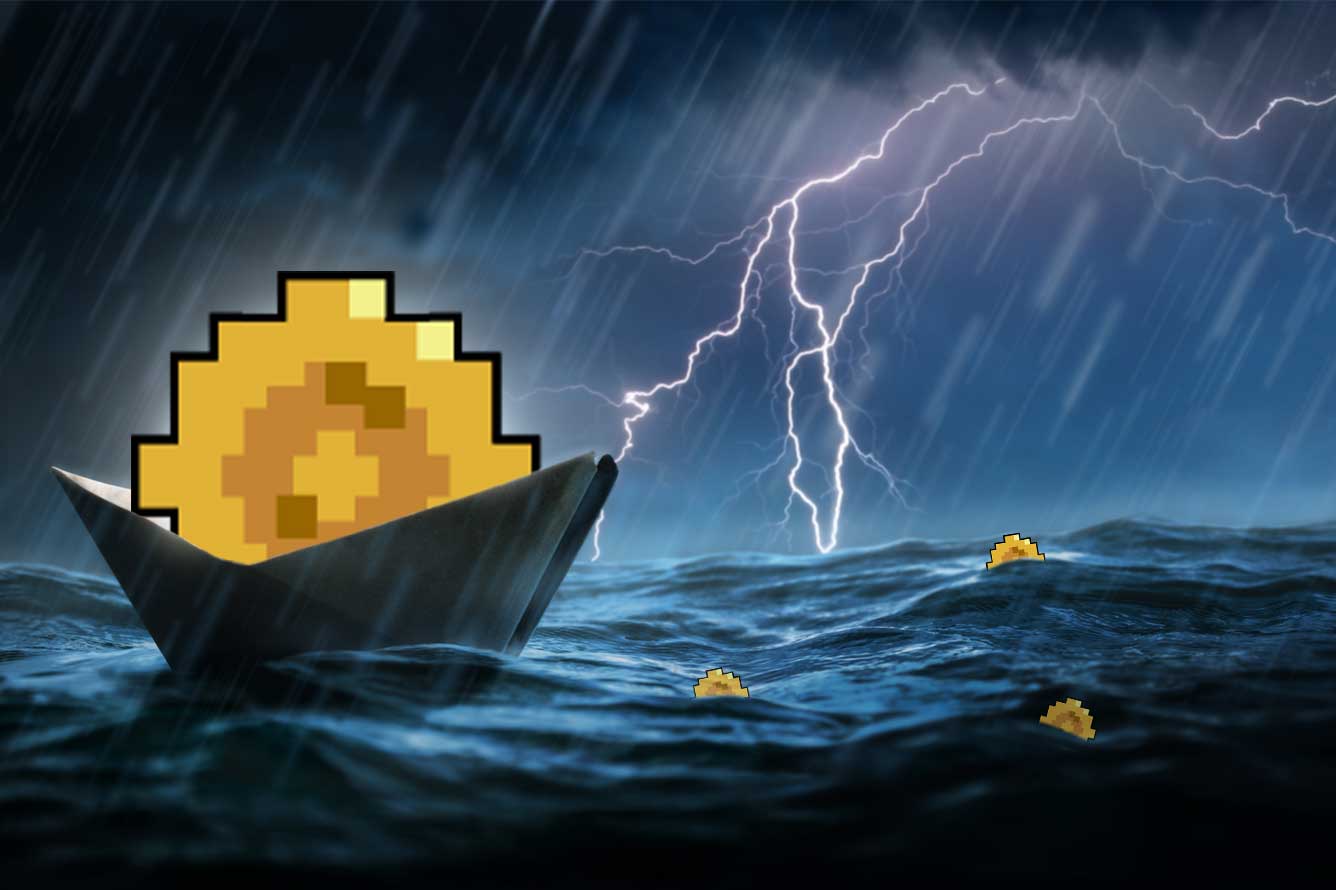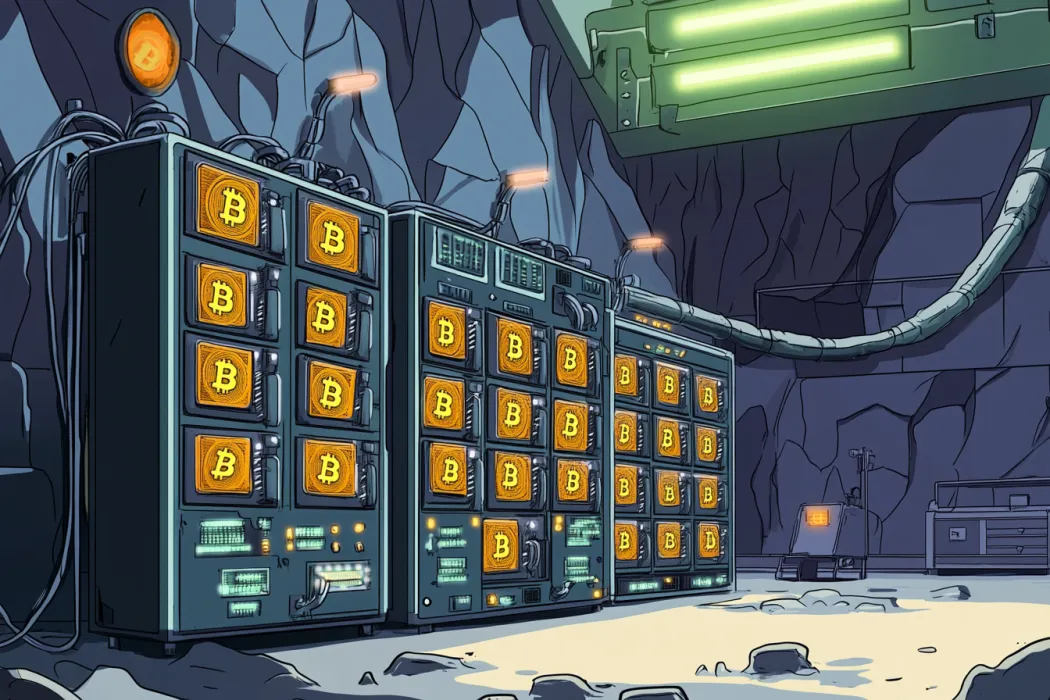Table of Contents
Ethereum’s upcoming “The Merge” has been widely discussed in recent weeks, with ETH enjoying sporadic price rallies despite the ongoing hawkish chatter – it’s currently sitting at around US$1,750, or up by about 12% over the past week.
While the emergence of so-called “Ethereum-killers” once threatened to dethrone Ethereum as the leading smart contract-enabled platform, the network’s transition to proof-of-stake may well cement its status as the de facto blockchain for all things decentralized, which could render obsolete many of its competitors.
At the recent Coinfest Asia 2022 held in Bali, panelists discussed Ethereum’s current competition with other smart contract-enabled Layer 1s, and how Ethereum 2.0, scheduled to go live on September 16th, could impact the overall crypto ecosystem.
Read more: In Sultry Bali, Degen Culture is Refreshingly Cool
“A lot of people go into the issues of Ethereum saying that it’s the network’s speed and cost, but it’s the most battled-tested blockchain that there has ever been out there”, said Oliver Barker, grants operation manager at NEAR Foundation, when asked about Ethereum’s pre-merge vulnerabilities.
“I think a lot of Layer 1s will mention their low fees, but every Layer 1 can do that and I think they need to set themselves apart on lots of different areas now,” he added.
Should Ethereum be killed?
Alternative networks have long been seeking to solve Ethereum’s current shortcomings, including high gas fees, low throughput and slow processing speeds, with many actually succeeding in attracting users and developers.
When asked about why so many projects are trying to “kill” Ethereum, Emilio Canessa, special projects manager at DFINITY, said that it’s probably because people have “paid too much to mint NFTs on Ethereum.”
However, despite Ethereum’s sometimes astronomical gas fees (e.g. registering a US$5 ENS domain would have cost nearly US$5,000 in gas fees during BAYC’s Otherside NFT drop), usage of these “Ethereum Killers” remain comparatively low. At the time of writing, data from Messari shows that Ethereum is the top smart-contract platform with a 24-hour real volume of US$4.3 billion, with Solana and Avalanche, which have both been touted as better alternatives to Ethereum, coming in at a mere US$225 million and US$57 million respectively.
This means that Ethereum has been and will be a crucial network within the entire crypto ecosystem, and “killing” it is obviously not in the best interest of the crypto community.
“We should not be killing Ethereum because in the mass market now, Bitcoin and Ethereum are known…Ethereum has gotten the attraction of the person on the street, and it has led the wave of smart contract platforms,” said Gwendolyn Regina, investment director at BNB chain.
For Emily Parker, executive director of global content at Coindesk, the fate of Ethereum is tied to the fate of the crypto world, which means that if it were to fail, there would be consequences for the industry at large.
“It’s funny that people in crypto don’t always think that way. There could be a lot of tribalism and rivalries, but the truth is that it’s in everybody’s interest for the large market cap coins to not fail,” she emphasized.
Can Ethereum be killed?
Last week, Ethereum’s “Bellatrix” upgrade, the last major upgrade before Ethereum moves from proof-of-work (PoW) to proof-of-stake (PoS), was successfully activated. It’s also the last upgrade before the “Paris” upgrade, which will put a stop to Ethereum’s current mining activities and signal the switch from proof-of-work to proof-of-stake.
Ethereum 2.0 is also set to introduce “sharding,” which will split the network into smaller portions known as “shards,” therefore allowing more people to participate in the network and increasing its scalability without compromising on decentralisation.
Read more: ETH Tanks But SG Crypto Community Still Bullish Post-Merge
It’s all systems go now, and even if the network were to be overtaken by another Layer 1 in the future, its new features and current status as the “OG” smart contract platform means that the success of every ecosystem and individual project will always be somewhat dependent on Ethereum.
“The crypto ecosystem is largely hinged on Ethereum’s ability to evolve and innovate, given that it serves as a foundational layer for billions of dollars of global economic activity,” Daniel Dizon, CEO and co-founder of Swell Network, told Blockhead.
“This is evidenced in the proliferation of Layer 2 solutions, decentralised applications (DApps), and an entire economy that bridges both traditional and decentralised finance through the power of permissionless and open technology based on maximal transparency and freedom”, he added.
Finally, with Ethereum founder Vitalik Buterin’s timely showcase of his “Ethrection,” one would be naive to assume that Ethereum’s new and powerful “proof-of-steak” can be easily “killed.”









